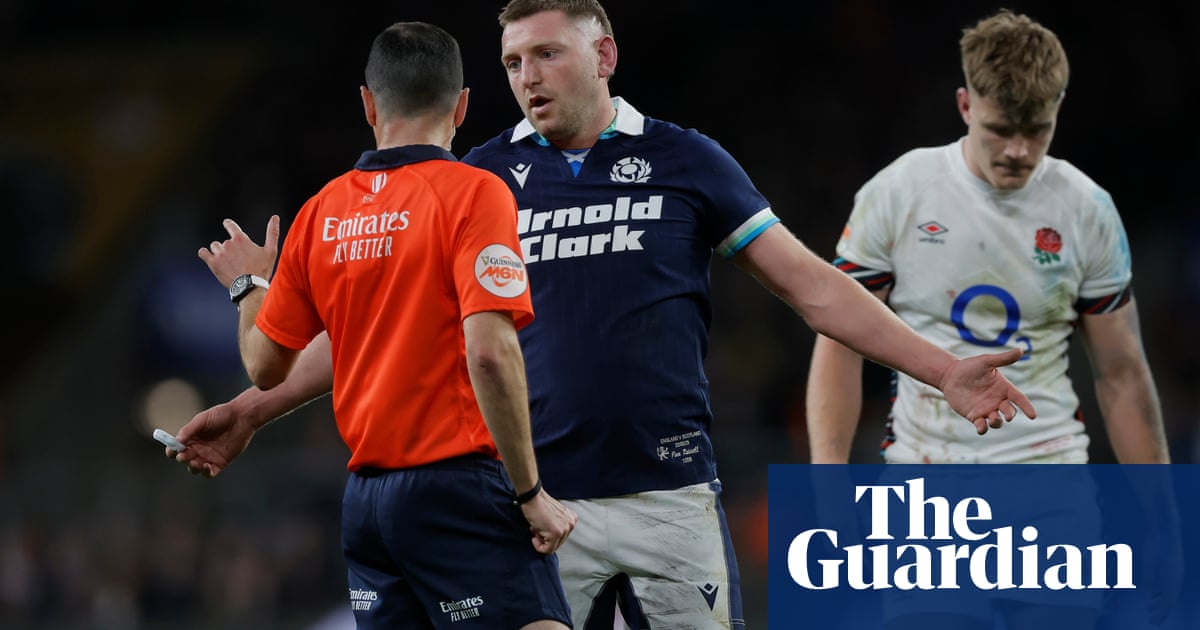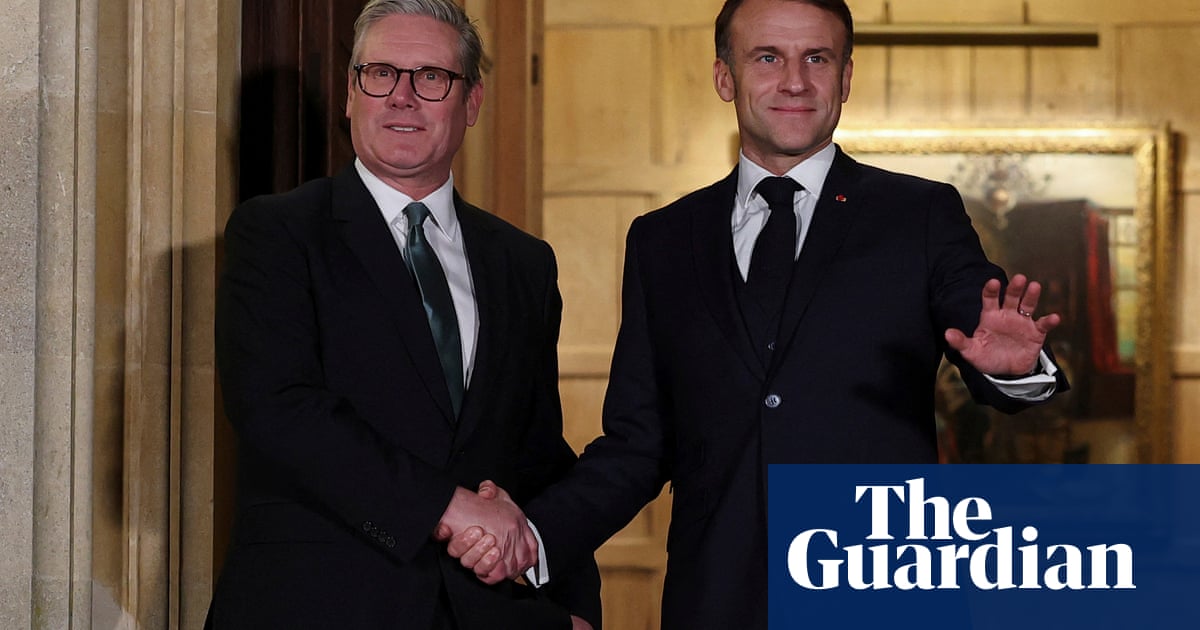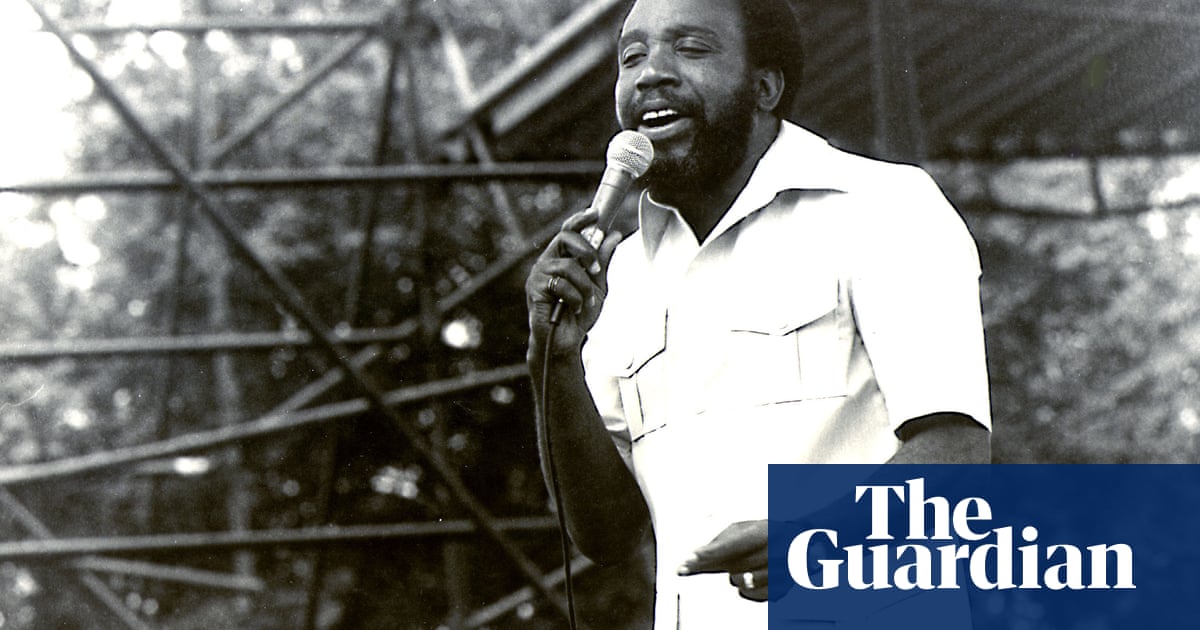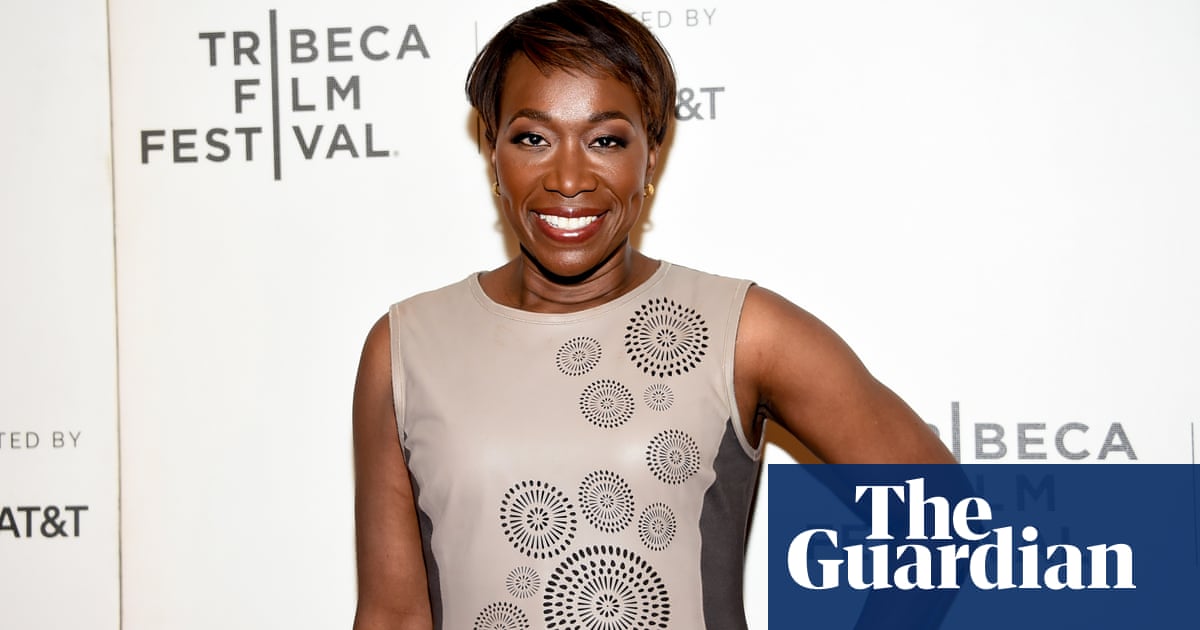Philip d’Orléans points the sword to my sternum. “The blade may be blunt,” he cautions, “but this could still take your eye out.” I cut his sword away with a dizzying metallic swish. Palm down, wrist loose. “Cast the energy to the wall,” he nods. “It needs to go past your partner, not into them.” I ready the dagger in my other hand to defend against his next attack.
As a fight director, D’Orléans has created complex choreography for companies around the world, teaching hundreds of actors how to tell stories with fist and steel. This Christmas, he’s reviving the spirit of the golden age of Hollywood swashbucklers for an action-packed production of The Three Musketeers at Newcastle-under-Lyme’s New Vic theatre. This new adaptation of Alexandre Dumas’ 1844 classic takes sword fighting seriously: no actors were considered until they had passed D’Orléans’ tough trial of balance-shifting battle moves. “A lot of people can blag the ability to fight,” he shrugs, throwing his waist-length hair over one shoulder. “But once you turn up the heat on the choreography, you can quickly weed out the rocky skill-sets.”
Theatrical fight directors have a cut-throat job. At extreme pace, in line with other people’s creative vision, they must devise high-intensity fights that can be repeated without injury night after night while retaining the aggressive bite required to convince an audience. “The actor’s safety hangs on the slender thread of the fight director’s knowledge and experience,” says D’Orléans, who always aims to make the audience fear for the character, never the actor. “If you get it wrong, people get badly hurt.”
When Laurence Olivier was performing Romeo and Juliet, an accident left his opponent’s thumb hanging by a thread. Another production of the same play saw Greg Hicks stabbed in the eye; and Damian Lewis suffered a gash to the face that required stitches when a duel with Ralph Fiennes went awry in a production of Hamlet. The last death from a stage fight that D’Orléans is aware of occurred in the late 1990s at a trade show, where a broadsword broke mid-move. Naturally, every possible step is taken to mitigate risks to performers, but the room for error is devastatingly small. One tiny slip, in this field, can be excruciatingly painful.

“People think we’re just health and safety officers,” says Kate Waters, also known as Kombat Kate. “While it is of course important, creating a fight is also about storytelling. The secret to success is knowing the play so well that it becomes part of your soul.” This is the fight director who recently honed Fiennes’s sword fighting skills for Simon Godwin’s Macbeth. “Anyone can strangle someone on stage,” Waters shrugs, unimpressed. “But it’s about why. How. Helping the actor believe it.” The skill of a fight director is in choreographing a fight that tells you something new about the people fighting.
Choreography is the word for it: this is a dance with violent intention. “Every hand is placed,” Waters says. “Every step, every look, every moment is put together like a dance. It may not be set to music, but it has its own tempo.” Waters’s job is to work out what fighting techniques might fit each individual body, in a way that comfortably slots into the world of the play. “I don’t want to take people’s natural movement away from them,” she says.
This winter, Waters is directing the fights for plant-rock musical Little Shop of Horrors at Sheffield’s Crucible theatre. “It’s a fun show but it has a real darkness to it,” she says. Director Amy Hodge asked Waters to come on board to ensure the show’s moment of domestic abuse resonated with the audience and sat right within the action. “It lies with me and the director to make sure the room feels safe,” Waters says. “So many conversations go into a scene that could last three or four seconds.”
With the introduction over the past decade or so of intimacy coordinators, the responsibility of care in physical scenes is now increasingly shared with another person. “Fights and intimacy put performers in vulnerable places,” explains Bethan Clark, who holds the roles of fight director and intimacy director. “Both build from consent, open communication, and are about physical storytelling.”
Clark recently orchestrated a hectic 42-shot shootout – for which the reloading of guns backstage required its own complex choreography – and a water-bound queer sex scene for Charlie Josephine’s rootin’-tootin’ show Cowbois, which played at the RSC before transferring to the Royal Court.

Clark is soon to start as fight director for Inside No 9’s West End show, Stage/Fright, and is supporting intimacy work for Chichester Festival theatre’s youth production of Cinderella. For both intimacy and fight direction, she says, “it’s about advocating for people’s comfort levels in the room”. That might be about working with other crew members to organise padding, modesty garments, blood packs or other effects. It might be about talking to a whole cast about consent.
It might also mean speaking up for performers when they feel uncomfortable with anything they’re being asked to do. “In the way a rehearsal room can be structured, there is a certain power dynamic that may mean people feel they have to say yes to things,” Clark says. As an outside eye, D’Orléans adds, a fight or intimacy director can be “a voice for the actor’s safety”.
In rehearsals, scenes of intimacy and violence require similar building blocks, with Clark working to establish a common language to navigate different types of touch with actors. “We might talk about skin, muscle or bone,” she says, indicating different levels of intensity, “And we’ll navigate how comfortable people feel with contact on a one-to-10 scale. So when you’re grabbing somebody, intimately or violently, the scale creates an easy way of communicating and understanding physical interactions.”
after newsletter promotion
For an actor, a scene of intense physical proximity is a little like playing a piano. It requires them to take on unnatural postures, for instance, deftly pulling back from someone’s throat while they make it look as if they are squeezing it tight. “They need to have beautifully relaxed hands while fully embodying the rage of the character,” says D’Orléans. “It’s like having the face of a demon but the hands of an angel.”

Physiologically, Clark says, our body struggles to tell the difference between a real scene of intimacy or violence and a pretend one. “With a mouth-to-mouth kiss, certain endorphins can be released by your body. When playing a character in a heightened state of rage, our body is going through some of those processes of anger.”
In staging scenes of sexual violence in particular, these tools for breath and vocalisation are vital, giving an actor a way to create a realistic scene without taking on its emotional weight. Working on breath and voice like this is a core part of a fight director’s toolbox. “Humans leak sound in violent confrontation,” D’Orléans says. It is a lot to think about at once: the action, the sound, the weapons, blood packs, the partner or partners you’re grappling with. “Every part of the body is engaged,” Waters says of a fight scene, “from the little toe to the last hair on your head.”
Fight directors are one of the few roles still ignored by awards ceremonies, yet their role is multifaceted and takes on more risk than most. “In the same way you have a lighting designer or a set designer, we are specialists,” says Clark. “We have the tools to make a scene sustainable for the actors, physically and emotionally, and to make it believable and effective for the audience.”
It is a role that requires a sturdy disposition, D’Orléans explains as I reluctantly hand back the rapier and dagger after our practice session. “I’m loving working on The Three Musketeers,” he says, “but for the next three months, every night when I read that show report, I’m going to be holding my breath. It only takes one slip of attention for somebody to get hurt.”
The Three Musketeers is at the New Vic, Newcastle-under-Lyme, to 25 January; Little Shop of Horrors is at the Crucible theatre, Sheffield, 7 December to 18 January.

 2 months ago
44
2 months ago
44













































